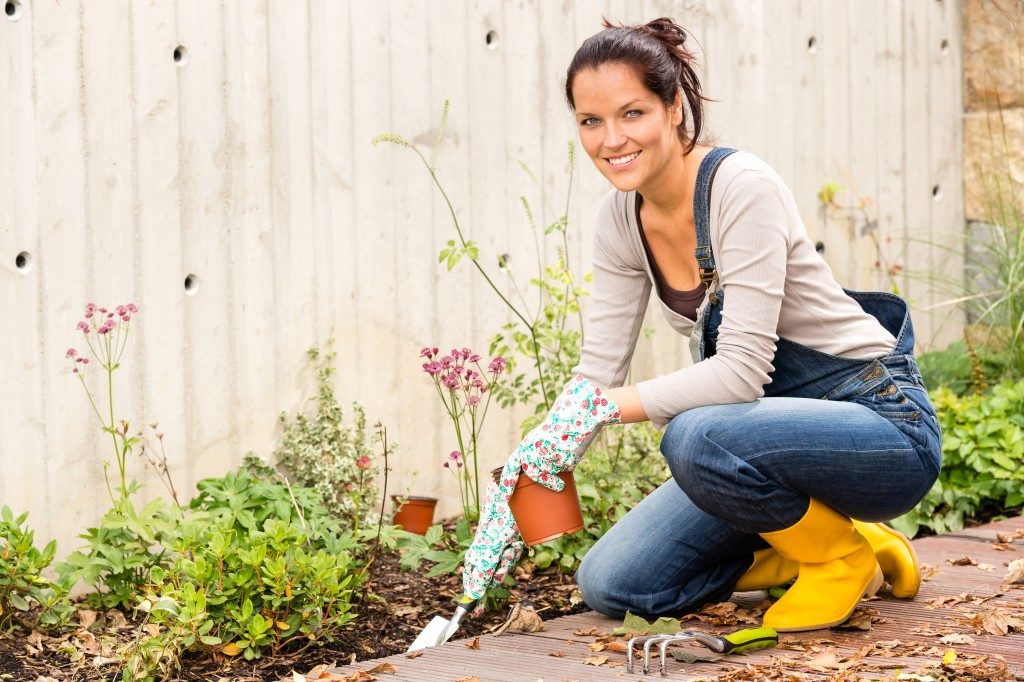Disclaimer: Miele Guide. This site provides fashion and lifestyle content for informational purposes only.
After planting pretty azaleas and orchids, you may be frustrated if they die after a few months. This, even if you tended to them carefully. But plants can wilt beyond basic neglect, and that may be because of the climate of your location.
Plants native to the area are likely to survive since they’re well-adjusted to different conditions, like soil, the amount of sunlight and precipitation, and temperature. You can grow non-native greenery in your garden as well, as long as they’re from the same climate. Take note of how weather patterns and climate conditions can affect plants so you can choose the ones that are likely to survive in your area.
Sunlight and shade

Sunlight gives plants energy; it’s an essential component of photosynthesis. So some people try to expose their potted plants to sunshine as much as possible, thinking this would make them bloom more. But different plants have different sensitivities to sunlight.
Naturally, those native to arid climates thrive in intense amounts of sunlight. Some plants that you can place in the direct sun are daylilies, lavenders, and succulents. These can survive areas that have drought-like conditions, like Las Vegas and Phoenix.
You can still grow sun-sensitive plants even if you live in a desert-like climate. Protect them by utilizing the shady areas in your garden. The intensity and direction of the sunbeams vary depending on the time of day. As a general rule, sun-sensitive plants prefer the morning or late afternoon light because the midday sun is too harsh for them.
Planning for landscape design in Sandy, Utah and other areas with average climates is relatively easier since the weather doesn’t get too uncomfortable for the plants. But if you live in an arid city, you have to carefully plan the positions of your plants, so they only get the necessary amount of sunlight. Observe how the rays hit your garden as the sun moves throughout the day, and you will know where the optimal spots are for your shade plants.
Wind
If you’re not careful, the wind can also deal damage to your plants through desiccation. Strong winds can dry up the leaves of a plant faster than it can absorb water from the soil. This can leave your plants parched, making their leaves brown and wilted.
If you live in a gusty state, like Texas or Alaska, observe how the wind affects your plants.
You can protect your wind intolerant plants by surrounding them with wind resistant shrubs. The undergrowth acts as a shield against the harsh winds. But be sure to plan your protective foliage carefully to block as much wind as possible without casting too much shade.
Trees can also suffer from desiccation. Prune your trees to protect them from wind damage. You can do this by thinning the canopy of the tree so gusts of wind can pass through instead of just pushing against the tree.
Rain
Different plants also react differently to large amounts of rainwater. If you live in one of the wettest cities in the US, like Buffalo or Portland, choose plants that have thin and slick leaves, because these can repel water instead of absorbing it. Some flowers that love the rain are hydrangeas, forget-me-nots, and primroses.
Plants with thicker leaves and trunks generally prefer a drier climate. The thickness prevents transpiration (i.e., water movement through plants), helping them store water inside their bodies. They may drown when exposed to too much water, so if you want to keep any in your house, it’s better to place them indoors or the drier parts of your garden.
Observe your yard’s level of exposure to different weather conditions first before planting anything. The information you take from this observation will help you know what type of plants are suitable for your area. This way, you can ensure the survival of your plants and prevent unwanted losses.
